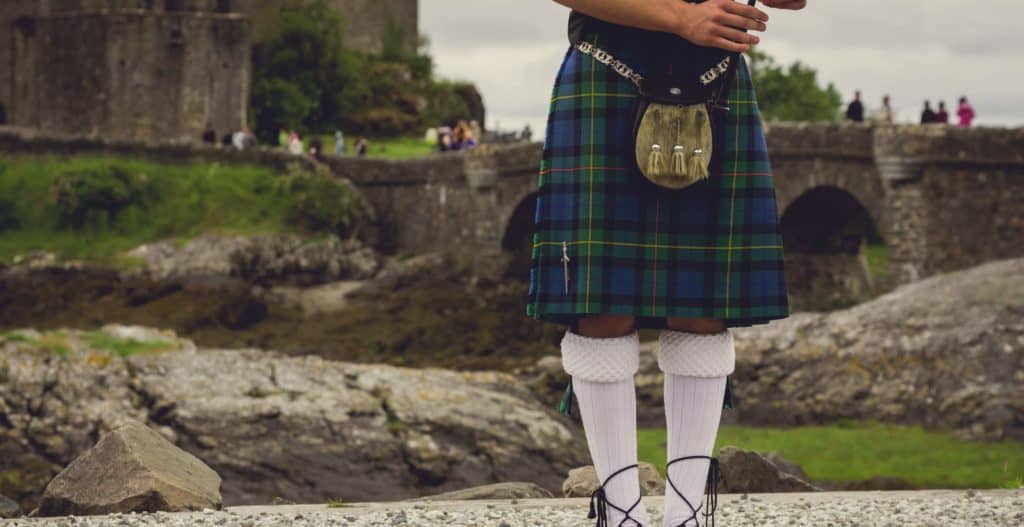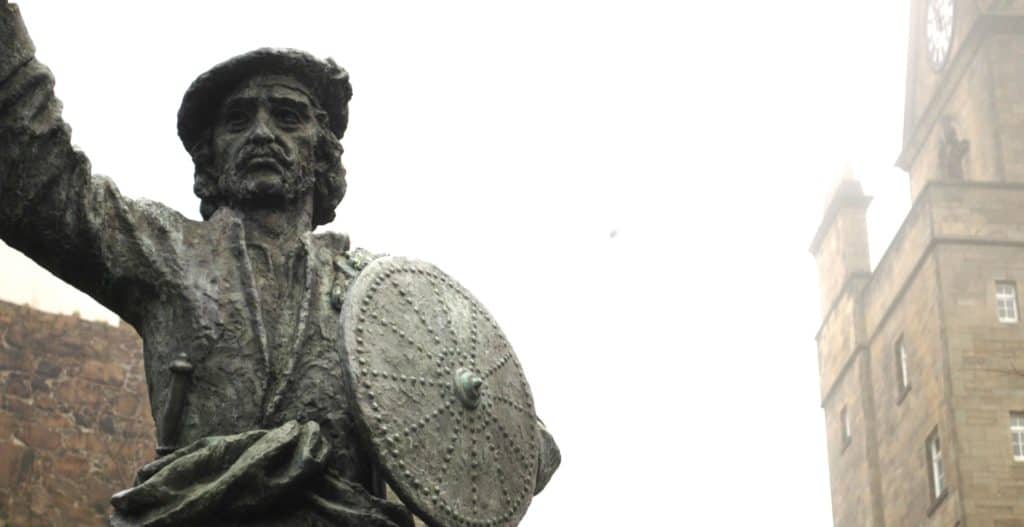The History of Scotland Magazine
Every month we will feature articles relating to the history of Scotland – famous people, famous battles, famous places etc. These will build over the months into a full and intriguing insight into the history of this ancient land.
You may also be interested in our History of Britain section covering the period from the Act of Union during Queen Anne‘s reign to the modern day.
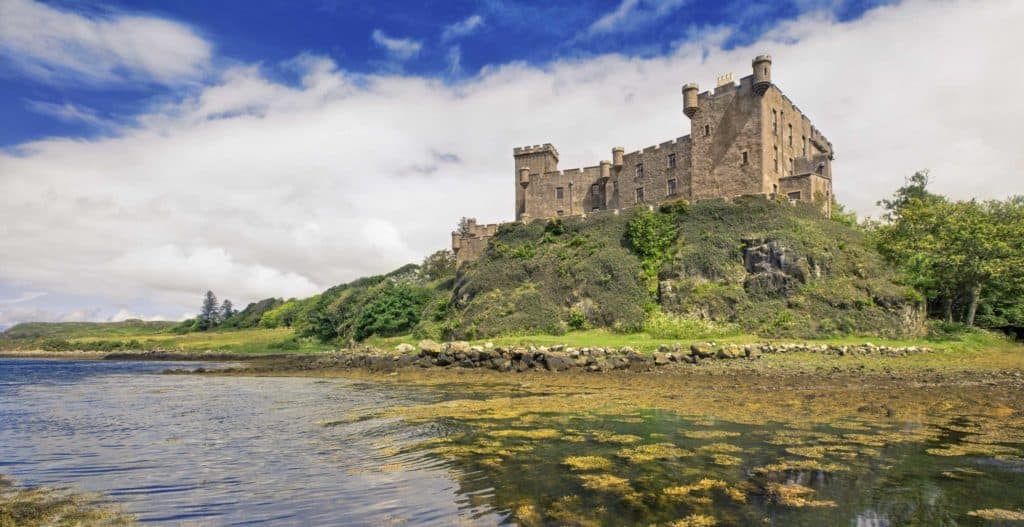
The Fairy Flag of the MacCleods
In the drawing room of Dunvegan Castle is the most precious treasure of the MacLeods. It is a flag, rather tattered, made of faded brown silk and carefully darned in places. This is the MacLeods’ Fairy Flag.
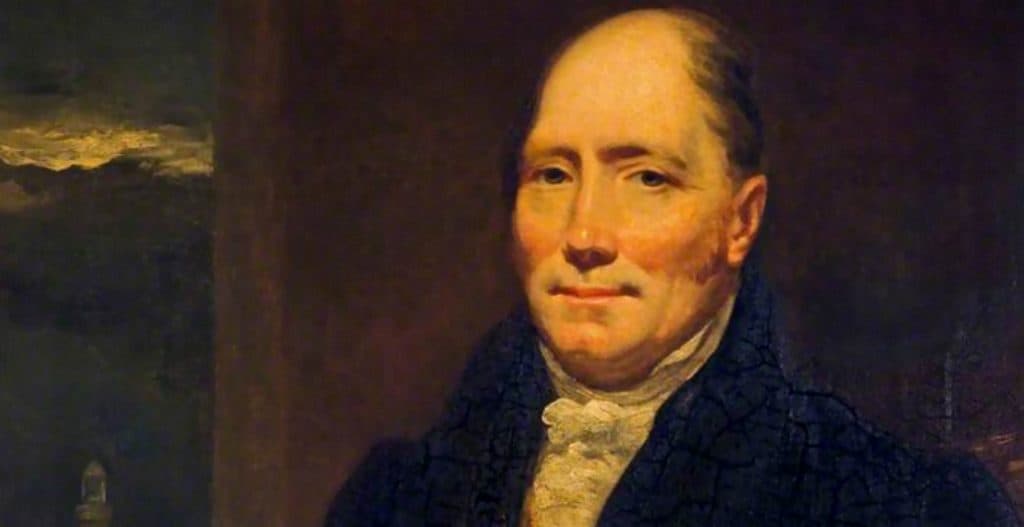
Robert Stevenson
Read about the life of Robert Stevenson, the man who lit up Scotland with his lighthouses.
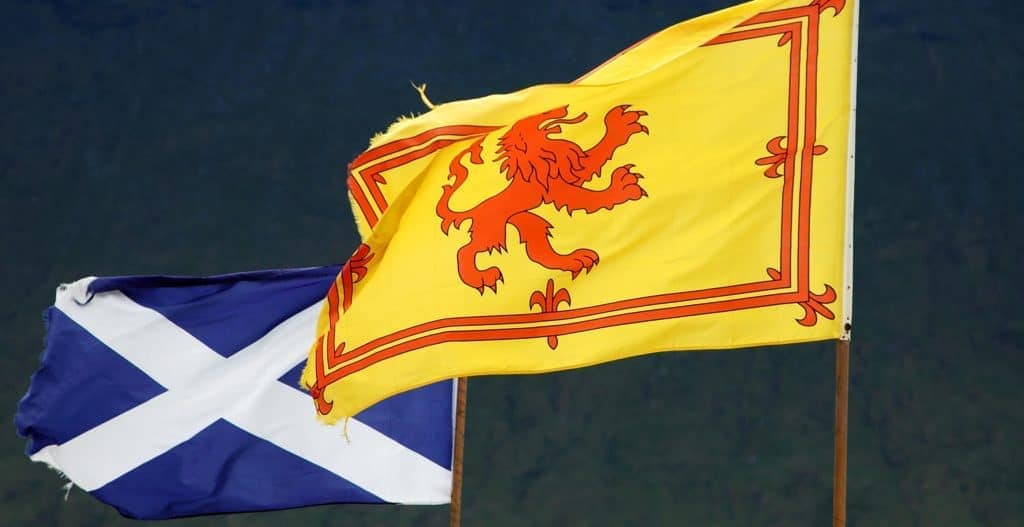
The Two Flags of Scotland
When St. Andrew was being crucified by the Romans in A.D. 60, he met his end on a ‘saltire’, or X-shaped cross (St. Andrew’s cross) which became his symbol. Two separate legends help to explain the association between St. Andrew and Scotland.
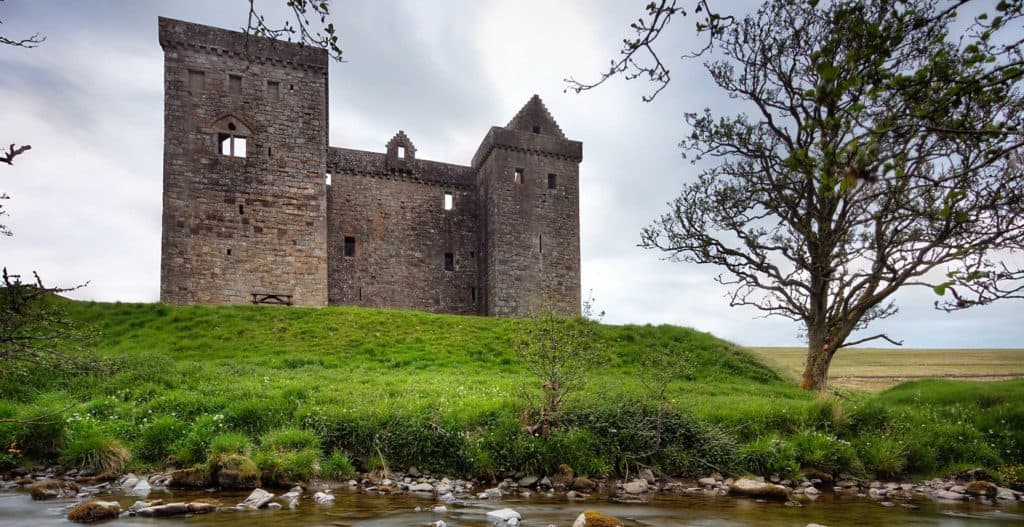
The History of the Border Reivers
The story of the Reivers dates from the 14th century and continued into the late 17th century. It concerns the border between England and Scotland, a frontier lacking law and order.
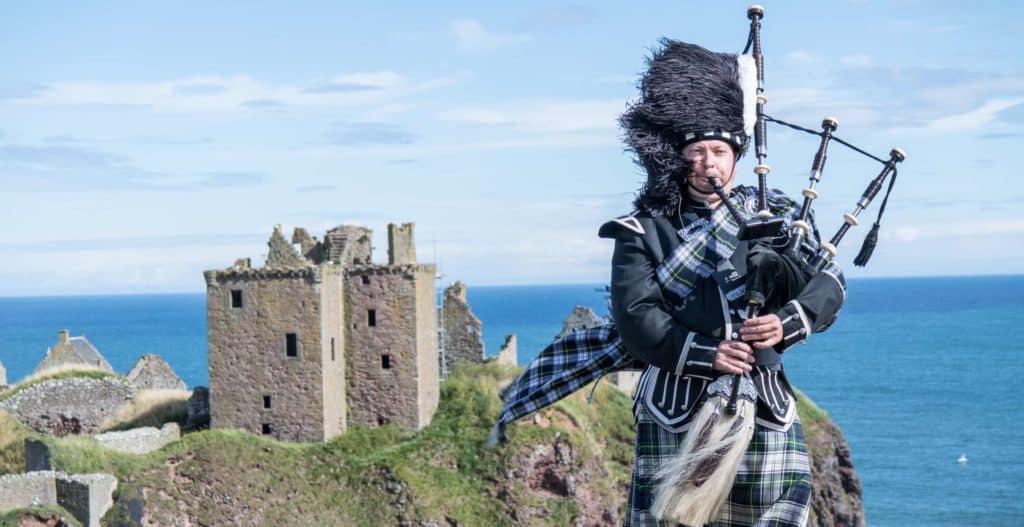
The Piob Mhor, or the Great Highland Bagpipes
Nothing defines the sound of Scotland quite like the great Highland bagpipes! How the pipes actually arrived in Scotland however, is somewhat of a mystery…

The Thistle – National Emblem of Scotland
Common in the highlands, islands and lowlands of Scotland, the prickly purple thistle has been Scotland’s national emblem for centuries. The thistle, which grows to a height of five feet, has no natural enemies because of the vicious spines that cover it.
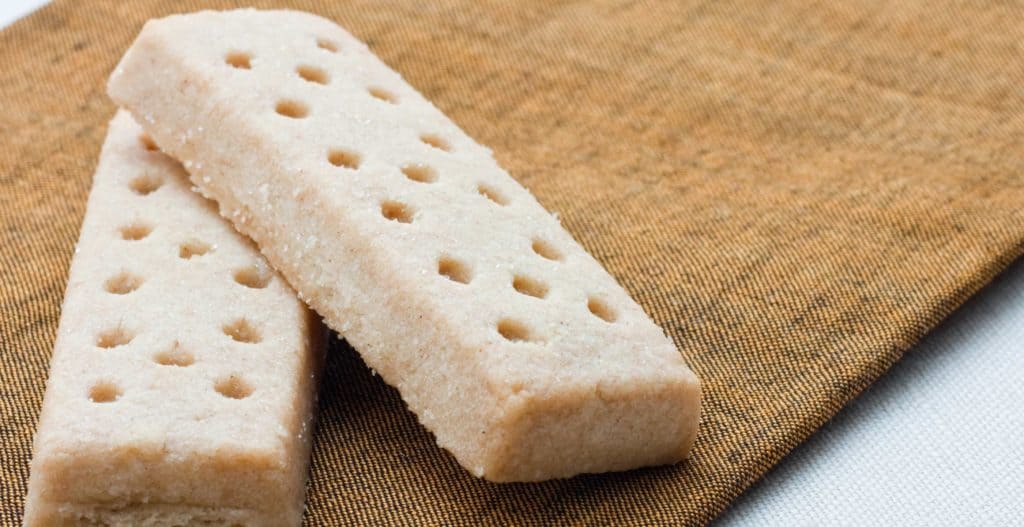
The History of Scottish Shortbread
The story of shortbread begins with the medieval “biscuit bread”. Any leftover dough from bread making was dried out in…
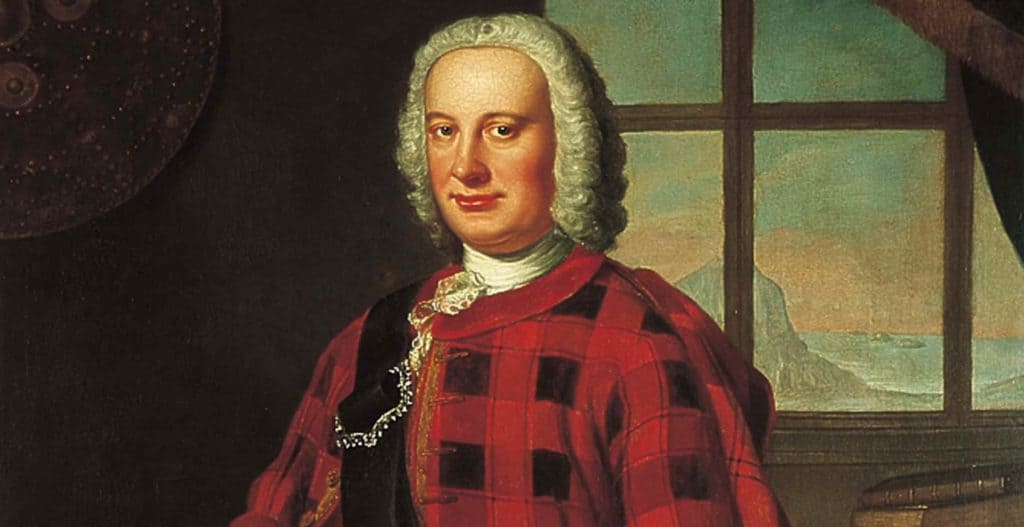
The Highland Clans
The word “clann” comes from the Gaelic and means children, and its members claimed kinship from the common ancestor whose name they bore, and even the poorest clansman considered themselves of nobler birth than any southerner.

